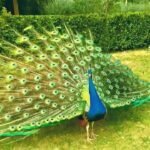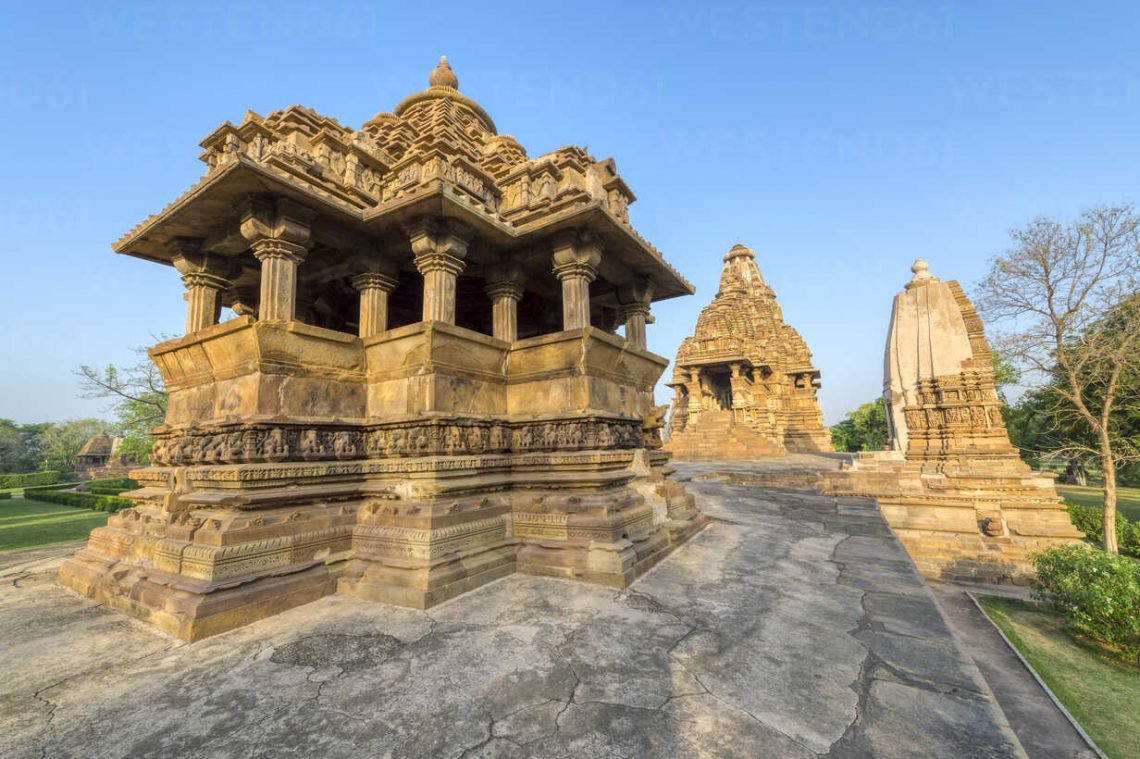Table of Contents
Introduction
Avid birdwatchers, nature lovers, and photographers alike are drawn to the rich biodiversity of India, a country renowned for its wildlife sanctuaries and vast natural landscapes. One particular location, the Triveni Sangam in Allahabad, offers a unique and unparalleled experience for those seeking to witness the beauty of migratory birds and immerse themselves in nature. This article will explore the incredible Siberian birds that visit India during winter migrations, the significance of Triveni Sangam, bird species diversity, and the importance of wildlife conservation.
Siberian Birds: Winter Visitors to India
Migratory Patterns
Every winter, Siberian birds undertake an incredible journey from their breeding grounds in Siberia to the warmer regions of India. These migratory birds travel thousands of kilometers, crossing inhospitable terrain and harsh weather conditions to reach their wintering grounds.
Bird Habitats
The diverse landscapes and abundant water sources of India provide ideal habitats for these migratory birds. Wetlands, forests, grasslands, and riverbanks serve as temporary homes for these avian species, attracting bird enthusiasts from all over the world.
Triveni Sangam: A Unique Confluence
Significance in Indian Culture
The Triveni Sangam is a sacred confluence of three rivers – the Ganges, Yamuna, and the mythical Saraswati. This meeting point holds great significance in Hindu mythology and is considered one of the holiest places in India. Pilgrims from all around the country gather at the Triveni Sangam to take a ritualistic bath, believing that the holy waters will cleanse their sins.
River Confluence and its Effect on Bird Life
The confluence of these rivers creates a unique ecosystem that supports a rich variety of avian species. Migratory birds, including Siberian birds, are attracted to the bountiful food resources and diverse habitats found at this river junction.
Allahabad: A Hub for Bird Watching
Bird Sanctuaries and Nature Reserves
The area surrounding Allahabad boasts several bird sanctuaries and nature reserves, providing safe havens for both resident and migratory birds. These protected areas ensure that the birds can find food, water, and shelter, while also serving as prime locations for bird watching and wildlife photography.
Eco-Tourism Opportunities
Allahabad offers various eco-tourism opportunities for visitors interested in bird watching, photography, and nature walks. Local guides and tour operators help visitors explore the region’s natural beauty and educate them on the importance of wildlife conservation.
Bird Species Diversity and Endangered Birds
Avian Species found in Allahabad
The Triveni Sangam and surrounding areas in Allahabad host an impressive array of bird species, both resident and migratory. Some of the most commonly sighted birds include the Siberian crane, greater flamingo, bar-headed goose, demoiselle crane, and the northern pintail. Birdwatchers can also spot various raptors, kingfishers, herons, and egrets, among others.
Conservation Efforts
With increasing human encroachment and habitat loss, many bird species are at risk of extinction. Wildlife conservation efforts in Allahabad focus on preserving natural habitats and ensuring the survival of both resident and migratory bird species. This includes the establishment of protected areas, the implementation of conservation programs, and raising awareness about the importance of biodiversity.
Photography: Capturing the Beauty of Wildlife
Bird Photography Tips
Capturing stunning images of birds in their natural habitat can be both challenging and rewarding. To improve your bird photography skills, consider these tips:
- Use a telephoto lens to get close-up shots without disturbing the birds.
- Learn about the behavior and habits of the birds you want to photograph.
- Be patient and wait for the perfect shot.
- Use a tripod or monopod for stability.
- Experiment with different angles and lighting conditions.
Wildlife Photography Etiquette
While photographing birds and other wildlife, it’s essential to follow ethical guidelines and respect the animals’ natural behavior and habitat. Avoid getting too close to the birds, disturbing their activities, or causing them stress. Keep noise levels low and tread lightly to minimize your impact on the environment.
Conclusion
The Triveni Sangam in Allahabad offers a unique and unforgettable experience for bird lovers, photographers, and nature enthusiasts. The rich avian diversity, serene landscapes, and cultural significance of this region provide a fascinating backdrop for exploring the wonders of India’s wildlife. By engaging in eco-tourism and supporting conservation efforts, we can ensure the continued survival of these spectacular birds and their habitats for future generations to enjoy.
FAQs
When is the best time to visit Allahabad for bird watching?
The best time to visit Allahabad for bird watching is during the winter months, from November to February, when migratory birds from Siberia are present.
Are there any specific bird sanctuaries near Triveni Sangam?
While there are no bird sanctuaries directly at Triveni Sangam, the surrounding areas of Allahabad host several protected areas and nature reserves for bird watching.
What types of birds can I expect to see in Allahabad?
In Allahabad, you can expect to see a variety of bird species, including migratory birds like Siberian cranes and greater flamingos, as well as resident species such as kingfishers, herons, and raptors.
How can I contribute to wildlife conservation in Allahabad?
To contribute to wildlife conservation, consider supporting local organizations and initiatives focused on habitat preservation, participate in eco-tourism activities, and educate yourself and others about the importance of biodiversity.
What equipment do I need for bird photography?
Essential equipment for bird photography includes a camera with a telephoto lens, a tripod or monopod for stability, and potentially additional accessories such as a camera bag, extra batteries, and memory cards.







